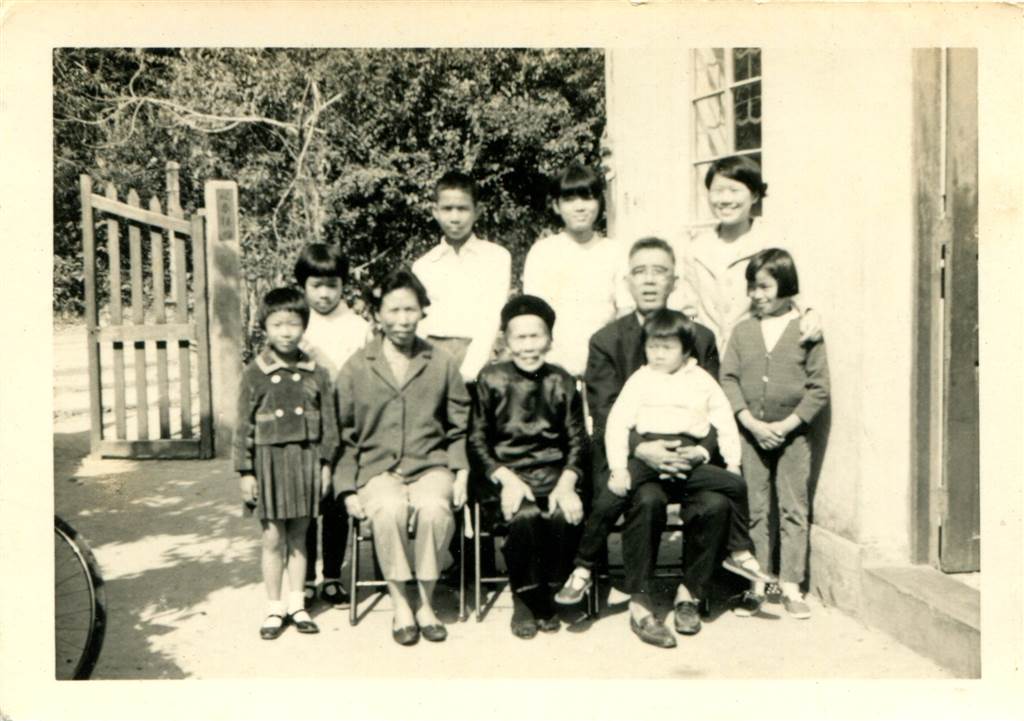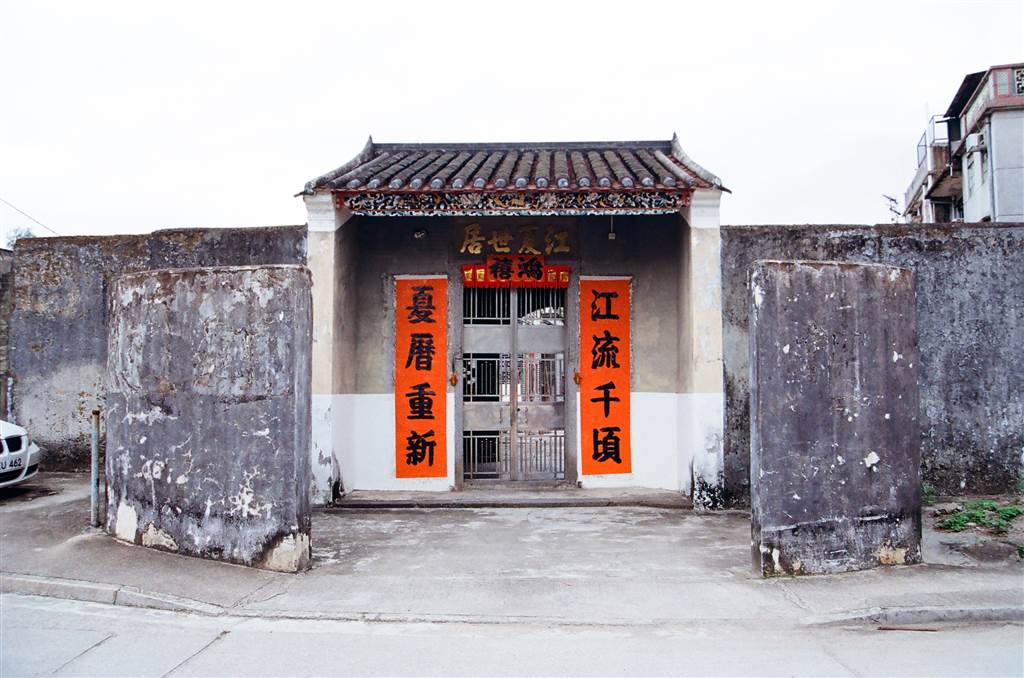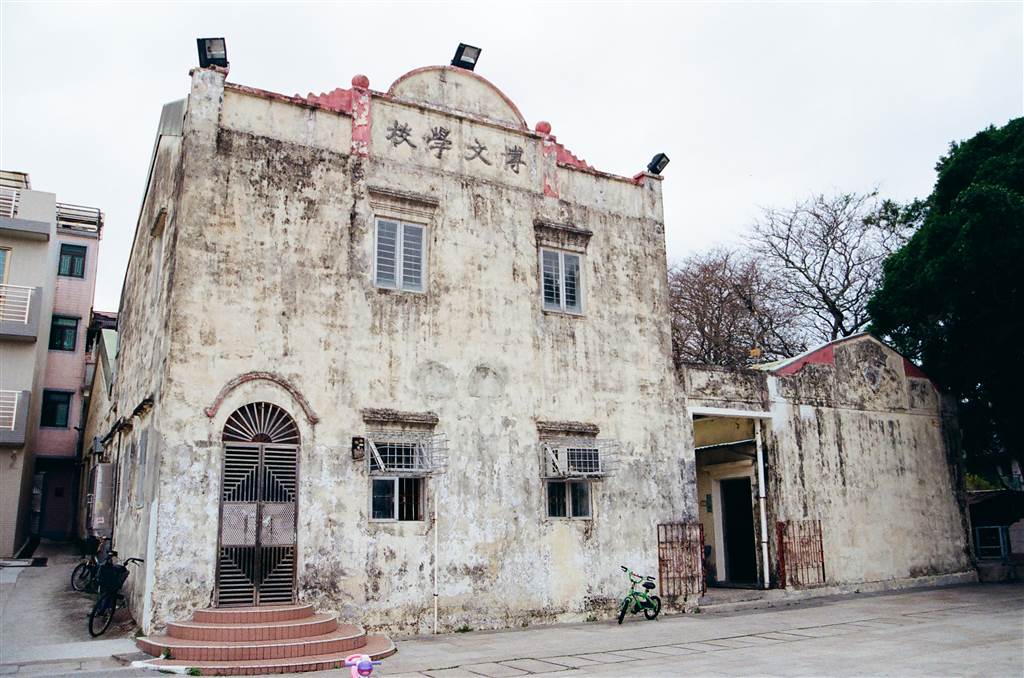Home in Tsung Pak Long

When I was young, my grandmother would bring me fruits of the Chinse wampi. “It’s from Tsung Pak Long,” she would say. The sourness of this fruit left a bitter impression. As such, since a young age I have learned not to eat it. But the mention of Tsung Pak Long would bring forth a sweetness in my memory. For Tsung Pak Long is my family’s ancestral home in Hong Kong.
I call it an “ancestral home” because the village of Tsung Pak Long was my grandfather’s first settled home when he came to Hong Kong in 1945. As compared to the indigenous population of Hong Kong, who have settled in the New Territories for centuries, the word “ancestral” in my family’s experience would surely pale. We are just three generations in Hong Kong. Yet we have always held Tsung Pak Long to heart.
Most indigenous villages in Hong Kong are of the same clan. Tsung Pak Long is special as an indigenous village of mixed heritage in Sheung Shui. The earliest settlement recorded dates back to 1819. The main surnames in this village are the Kans, Wongs, Kwongs, Chans and Laus.
There was somewhat of an interesting story behind the Kans in Tsung Pak Long. In their early settlement, the Kans scattered in the Sheung Shui Heung area. The Lius, who is a big clan in Sheung Shui now, saw their land and wanted to settle there. The Lius then came up with a plot of pretense. They scared the Kans away by dressing up as ghosts and figures of worship in folk religion. And thus the Kans ended up in Tsung Pak Long. Apparently, the Lius still give a note of thanks to the Kans during their ancestral worship to this day.[1]
By now, however, there are many non-indigenous villagers living in Tsung Pak Long. Some might have had a long history in the village during the last century, like my family; others might have simply rented a home from an indigenous villager.
Of all the ancient structures within the village, the Hakka Wai (the Hakka Walled Village) is perhaps the most notable. The Wong brothers of Wong Kin-sheung and Wong Kin-man started building the walled village in 1900, and construction completed in the 1920s.[2]

On the other hand, my family’s history in Tsung Pak Long began with the village school, Bok Man School. Bok Man School began as a “private study” in the village. The private study was the most common means of providing education for villagers predating the colonial administration, which even in its early days mandated education. Later, in my grandfather’s time, the private study became a standard school for the boys and girls of the village, with government subsidy and curriculum.
When my grandfather came to Hong Kong, he found a job at Bok Man School as a primary school teacher. He taught Chinese there. He also oversaw the Boy Scouts. My father told me that the Boy Scouts of Bok Man School was well-known in the neighborhood. Back in those days, being a Boy Scout was a big deal. It was a rare initiative in those times of Hong Kong, particularly in the villages of the New Territories.
All of my father and his siblings received education at Bok Man School. Together with my grandmother, my grandfather raised some ten students in the beginning. Back in those days, students and teachers had close relationships that went beyond the classroom. A kind student would shoulder fresh water from the village well to my grandmother’s home every day. In return, she would teach him life skills, such as knitting. In my family’s decades as villagers of Tsung Pak Long, we have experienced acts of kindness time and time after.
Although the Bok Man School has closed permanently, the school ground, which was built in the 1960s, remains a Grade 3 Historic Building now. In fact, we still see villagers taking up the classrooms for playing mahjong these days.

In recent years, our former village head Brian Kan Ping-chee was caught in a rather disgraceful headline. He was charged and found guilty of election corruption in the Sheung Shui district rural committee election of 2011. He received jail time for this offense.[3] That might have been the only time that Tsung Pak Long became known in news headlines. I have lived in Tsung Pak Long for about ten years now, and I remain ever so ignorant of rural politics and affairs.
What makes it home for me in Tsung Pak Long are the wonderful memories of my father’s childhood. Still today, neighbors would stop by to greet me and say that my grandfather had taught them when they were young. Tsung Pak Long was kind to my family. That was its beauty.
And surely, that has not changed.


[1] The Wikipedia on the Five Great Clans of the New Territories.
[2] Eijnsight.com, Journey Back in Time to a Walled Village in Sheung Shui.
[3] Ng Kang-chung, Modern Role of a Village Chief is that of a Caretaker, Says Re-elected Leader of Tsung Pak Long, South China Morning Post, February 16, 2015.
